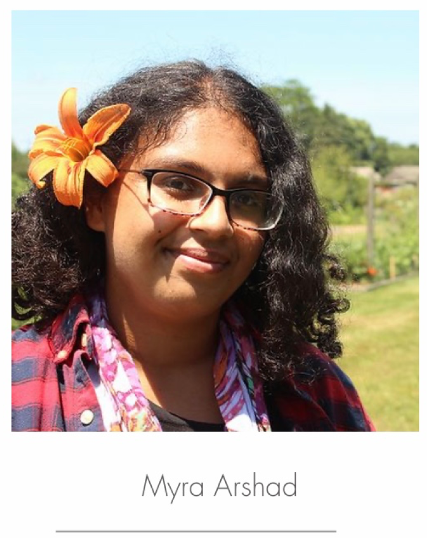Rumening Through the Camel Microbes: What Diet can Tell us About Camel Microbe Make-up?
By: Myra Arshad
Did you know that camels have three stomach chambers or that they have to throw up in order to digest their food properly? Have you ever felt excluded from science spaces before? Please continue reading to learn more!
Let me introduce myself. My name is Myra, and I am a rising senior at SUNY Stony Brook University, where my major is Ecosystems and Human Impact, with a biology minor. At UMaine, I work in Dr. Ishaq’s Lab where I work on the camel metagenome project. Basically, scientists in Egypt raised camels on different diets, then used samples from their feces to sequence their microbial genome. These microbes live in the camel rumen (part of the camel stomach), and help the camel digest their food. As part of Dr. Ishaq’s lab, I perform data analysis on these sequences to see how the microbial gene profile changes with different diets. Camels are essential for transportation and food for the communities that rely on them, so finding the most efficient feed for them is important. Camels also release methane depending on their diet so it’s possible humans could control methane production of camels through their diet.
I find it quite amusing I ended up here, as I never actually saw myself being a scientist in my younger years. STEM classes were inaccessible; although AP Environmental Science began to change that. I wanted to support communities that I wanted to see thrive, specifically marginalized groups such immigrants and people of color. I wanted to be a human rights lawyer, through an environmental lens. But, during college I found myself falling in love with science itself and the beautiful complexities that come with being human in our increasingly anthropogenic world. I discovered being an advocate for humans and an advocate for animals/our environment weren’t mutually exclusive. With this, I figured STEM might be worth pursuing after all.
At UMaine, we focus on the One Health Initiative, which views the health of humans, animals, and the environment as interconnected. When COVID-19 caused everyone to go into lockdown, I found a farm looking for crew members, with a focus on food insecurity. While certainly not how I planned to spend the summer of 2020, farming for underserved communities is where I saw how impactful One Health was. Organic farmers commonly use plastic mulch as a popular alternative to pesticides for weed suppression. At my home institution, I lead a project on the impacts of microplastics on earthworm health in an Ecotoxicology lab (students of the lab affectionately gave it the nickname “the Worm lab”). The Worm Lab and farming emboldened me to pursue science and, ergo, look for this REU!
Being a part of the REU ANEW program for 2021 definitely has been an interesting experience, since it is the first time this program has been conducted virtually. Even though I would have loved to have seen everyone in person and spent time in lovely Orono, Maine, I’m glad for the research opportunity as it has further solidified my love of research and the One Health initiative.

